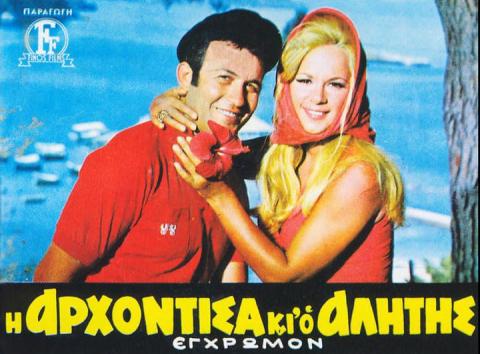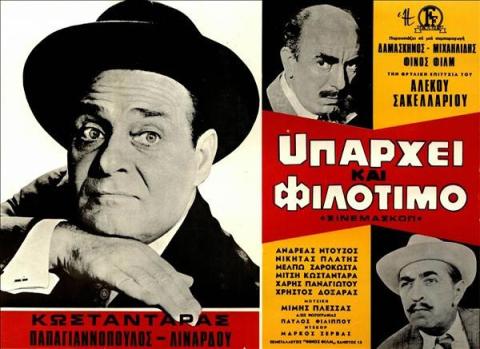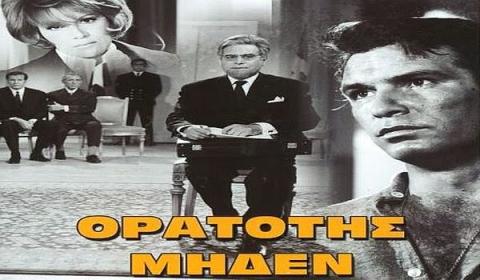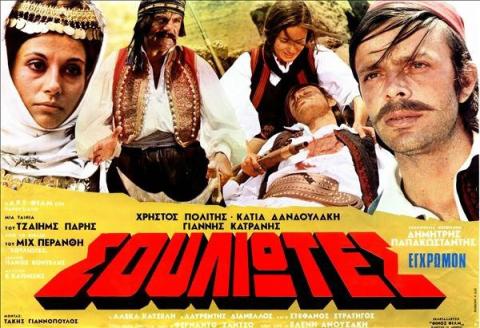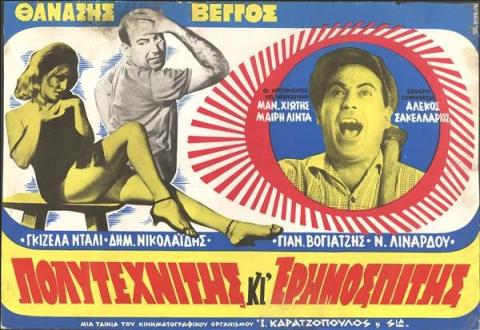Live Aid was a dual-venue concert held on 13 July 1985. The event was organised by Bob Geldof and Midge Ure to raise funds for relief of the ongoing Ethiopian famine. Billed as the "global jukebox", the event was held simultaneously at Wembley Stadium in London, England, United Kingdom (attended by 72,000 people) and John F. Kennedy Stadium in Philadelphia, Pennsylvania, United States (attended by about 100,000 people).[1] On the same day, concerts inspired by the initiative happened in other countries, such as Australia and Germany. It was one of the largest-scale satellite link-ups and television broadcasts of all time: an estimated global audience of 1.9 billion, across 150 nations, watched the live broadcast.[2]
The concert began at 12:00 BST (7:00 EDT) at Wembley Stadium in the United Kingdom. It continued at JFK Stadium in the United States, starting at 13:51 BST (8:51 EDT). The UK's Wembley performances ended at 22:00 BST (17:00 EDT). The JFK performances and whole concert in the US ended at 04:05 BST July 14 (23:05 EDT). (See the full schedule of the concert here.[4]) Thus, the concert continued for just over 16 hours, but since many artists' performances were conducted simultaneously in Wembley and JFK, the total concert's length was much longer.
It was the original intention for Mick Jagger and David Bowie to perform an intercontinental duet, with Bowie in London and Jagger in Philadelphia. Problems of synchronization meant that the only remotely practical solution was to have one artist, likely Bowie at Wembley, mime along to prerecorded vocals broadcast as part of the live sound mix for Jagger's performance from Philadelphia. Veteran music engineer David Richards (Pink Floyd and Queen) was brought in to create footage and sound mixes that Jagger and Bowie could perform to in their respective venues. The BBC would then have had to ensure that those footage and sound mixes were in synch while also performing a live vision mix of the footage from both venues. The combined footage would then have had to be bounced back by satellite to the various broadcasters around the world. Due to the time lag (the signal would take several seconds to be broadcast twice across the Atlantic Ocean) Richards concluded there would be no practical way for Jagger to be able to hear or see Bowie's performance, meaning there could be no interaction between the artists, which would defeat the whole point of the exercise. On top of this both artists objected to the idea of miming at what was perceived as an historic event. Instead, Jagger and Bowie worked with Richards to create a video clip for the song they would have performed, a cover of "Dancing in the Street". The video was shown on the screens of both stadiums and also broadcast as part of many TV networks coverage.
Each of the two main portions of the concert ended with their particular continental all-star anti-hunger anthems, with Band Aid's "Do They Know It's Christmas?" closing the UK concert, and USA for Africa's "We Are the World" closing the US concert (and thus the day's proceedings).[5]
Concert organizers have subsequently said that they were particularly keen to ensure that at least one surviving member of The Beatles, ideally Paul McCartney, took part in the concert as they felt that having an 'elder statesman' from British music would give it greater legitimacy in the eyes of the political leaders whose opinions the performers were trying to shape. McCartney agreed to perform and has said that it was "the management" -- his children -- that persuaded him to take part. In the event, he was the last performer (aside from the Band Aid finale) to take to the stage and one of the few to be beset by technical difficulties; his microphone was turned off for the first two minutes of his piano performance of "Let It Be", making it difficult for television viewers and impossible for those in the stadium to hear him. He later jokingly thought about changing the lyrics to "There will be some feedback, let it be".
Phil Collins performed at both Wembley Stadium and JFK, utilising Concorde to get him from London to Philadelphia. UK TV personality Noel Edmonds piloted the helicopter that took Collins to Heathrow Airport to catch his flight. Aside from his own set at both venues, he also provided drums for Eric Clapton and the reunion of the surviving members of Led Zeppelin at JFK. On the Concorde flight, Collins encountered actress and singer Cher, who later claimed not to know anything about the Live Aid concerts. Upon reaching the US however she did attend the Philadelphia concert and can be seen performing as part of that concert's "We Are the World" finale.
An official book was produced by Bob Geldof in collaboration with photographer Denis O'Regan.
HIER STERBEN JEDEN TAG 1000DE MENSCHEN DAS IST ARMUT UND DIE HABEN AUCH KEIN HANDY UND SO
The concert began at 12:00 BST (7:00 EDT) at Wembley Stadium in the United Kingdom. It continued at JFK Stadium in the United States, starting at 13:51 BST (8:51 EDT). The UK's Wembley performances ended at 22:00 BST (17:00 EDT). The JFK performances and whole concert in the US ended at 04:05 BST July 14 (23:05 EDT). (See the full schedule of the concert here.[4]) Thus, the concert continued for just over 16 hours, but since many artists' performances were conducted simultaneously in Wembley and JFK, the total concert's length was much longer.
It was the original intention for Mick Jagger and David Bowie to perform an intercontinental duet, with Bowie in London and Jagger in Philadelphia. Problems of synchronization meant that the only remotely practical solution was to have one artist, likely Bowie at Wembley, mime along to prerecorded vocals broadcast as part of the live sound mix for Jagger's performance from Philadelphia. Veteran music engineer David Richards (Pink Floyd and Queen) was brought in to create footage and sound mixes that Jagger and Bowie could perform to in their respective venues. The BBC would then have had to ensure that those footage and sound mixes were in synch while also performing a live vision mix of the footage from both venues. The combined footage would then have had to be bounced back by satellite to the various broadcasters around the world. Due to the time lag (the signal would take several seconds to be broadcast twice across the Atlantic Ocean) Richards concluded there would be no practical way for Jagger to be able to hear or see Bowie's performance, meaning there could be no interaction between the artists, which would defeat the whole point of the exercise. On top of this both artists objected to the idea of miming at what was perceived as an historic event. Instead, Jagger and Bowie worked with Richards to create a video clip for the song they would have performed, a cover of "Dancing in the Street". The video was shown on the screens of both stadiums and also broadcast as part of many TV networks coverage.
Each of the two main portions of the concert ended with their particular continental all-star anti-hunger anthems, with Band Aid's "Do They Know It's Christmas?" closing the UK concert, and USA for Africa's "We Are the World" closing the US concert (and thus the day's proceedings).[5]
Concert organizers have subsequently said that they were particularly keen to ensure that at least one surviving member of The Beatles, ideally Paul McCartney, took part in the concert as they felt that having an 'elder statesman' from British music would give it greater legitimacy in the eyes of the political leaders whose opinions the performers were trying to shape. McCartney agreed to perform and has said that it was "the management" -- his children -- that persuaded him to take part. In the event, he was the last performer (aside from the Band Aid finale) to take to the stage and one of the few to be beset by technical difficulties; his microphone was turned off for the first two minutes of his piano performance of "Let It Be", making it difficult for television viewers and impossible for those in the stadium to hear him. He later jokingly thought about changing the lyrics to "There will be some feedback, let it be".
Phil Collins performed at both Wembley Stadium and JFK, utilising Concorde to get him from London to Philadelphia. UK TV personality Noel Edmonds piloted the helicopter that took Collins to Heathrow Airport to catch his flight. Aside from his own set at both venues, he also provided drums for Eric Clapton and the reunion of the surviving members of Led Zeppelin at JFK. On the Concorde flight, Collins encountered actress and singer Cher, who later claimed not to know anything about the Live Aid concerts. Upon reaching the US however she did attend the Philadelphia concert and can be seen performing as part of that concert's "We Are the World" finale.
An official book was produced by Bob Geldof in collaboration with photographer Denis O'Regan.
HIER STERBEN JEDEN TAG 1000DE MENSCHEN DAS IST ARMUT UND DIE HABEN AUCH KEIN HANDY UND SO
Γίνε ο πρώτος που θα σχολιάσει


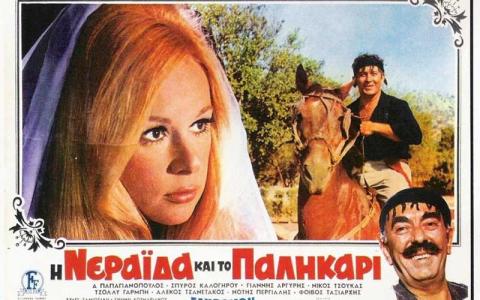
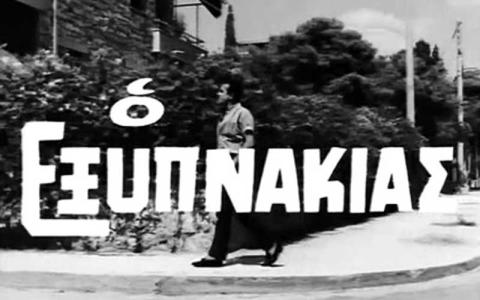
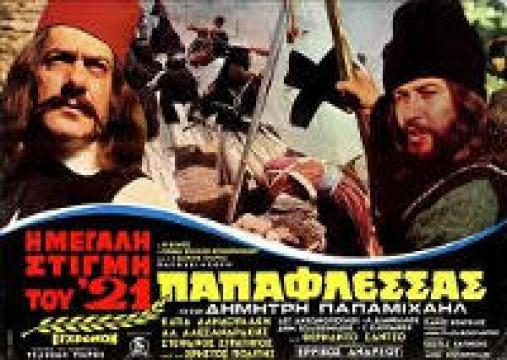
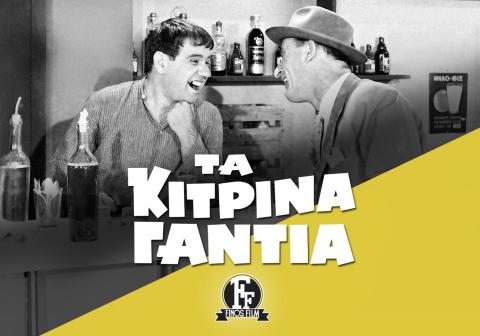
![Η Αλίκη στο Ναυτικό [1961]](https://www.eltube.gr/uploads/thumbs/39f92cd00-1.jpg)
